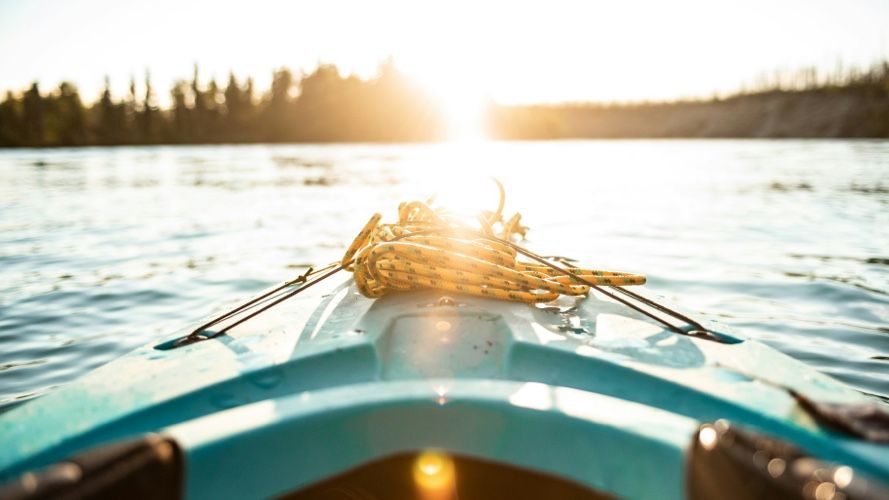- What age is suitable for Alaskan summer camps?
- Many camps welcome children ages 7 and up, though readiness varies by program.
- How do camps prepare kids for remote settings?
- Staff provide safety training and wilderness orientation tailored to each camper’s experience level.
- What should campers bring for Alaska’s weather?
- Layered clothing, rain gear, and sturdy footwear are essential for variable conditions.
- Are dietary needs accommodated?
- Yes, camps are usually prepared to handle common allergies and dietary preferences. Confirm with camps directly.
- Is communication with campers allowed?
- Some camps limit phone use to help children immerse in nature, but letter writing and supervised emails may be possible.
- Are there transportation services to camps?
- Certain camps arrange shuttles from major towns or airports. Families often use rental cars to reach camp areas.
- Are camps inclusive of children with special needs?
- Many camps strive to be inclusive, but availability of accommodations varies. It’s best to contact camps about specific needs.
